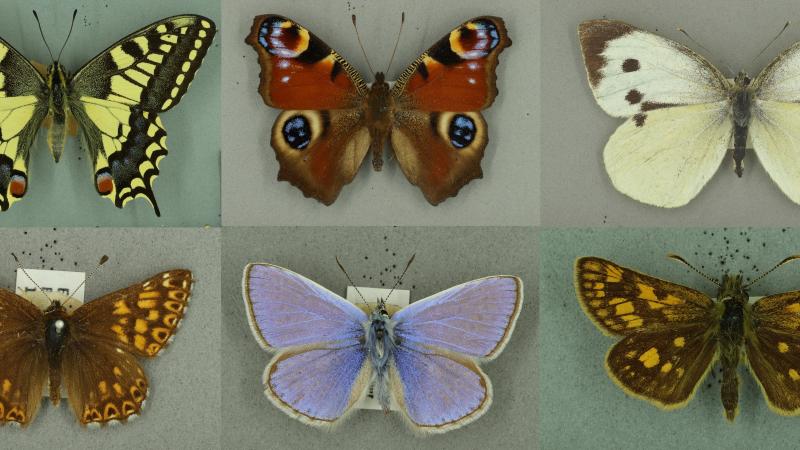
Things You Can Do
Over the last two years the Butterflies Through Time Project has aimed to engage people with the natural world and environmental change, by linking historical museum collections with contemporary conservation and outreach initiatives.
There are many things you can do to help to protect and conserve butterflies where you live: from providing shady spots and nectar plants in your garden or local green space, to aiding citizen science by recording butterfly sightings on your phone. Find out more on what you can do to help from the list below:
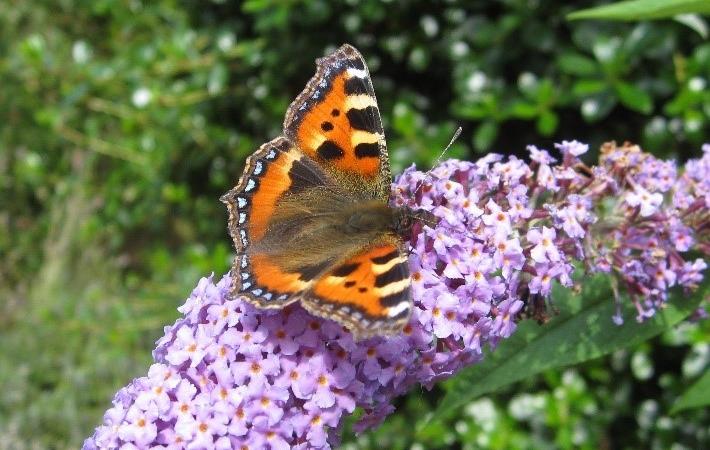
Garden for butterflies
Gardens are vital habitats for many butterflies as well as acting as corridors, connecting nature reserves and other large habitats together. Offering an abundant supply of flowering plants can be extremely valuable as nectar gives butterflies the fuel and energy to survive. It’s important to provide a variety of plant species that flower at different times, as this helps sustain pollinators like butterflies throughout the year. For instance, planting flowers that bloom in spring can help butterflies returning from a long migration top up their energy reserves- like the painted lady refuelling after a long journey from southern Africa.
Butterflies will only lay eggs on certain foodplants so knowing what these are and allowing these to flourish in your garden will directly help the next generation to thrive. A list of both caterpillar foodplants and butterfly nectar plants can be found here:
Keeping your garden varied is a good way to support butterflies and insects in general, as it provides structural complexity and gives a larger variety of habitats. This is will also offer more shaded areas for butterflies, helping them to keep cool in the warm summer months.
Otherwise, other gardening tips include not using harmful insecticides or pesticides, among others:
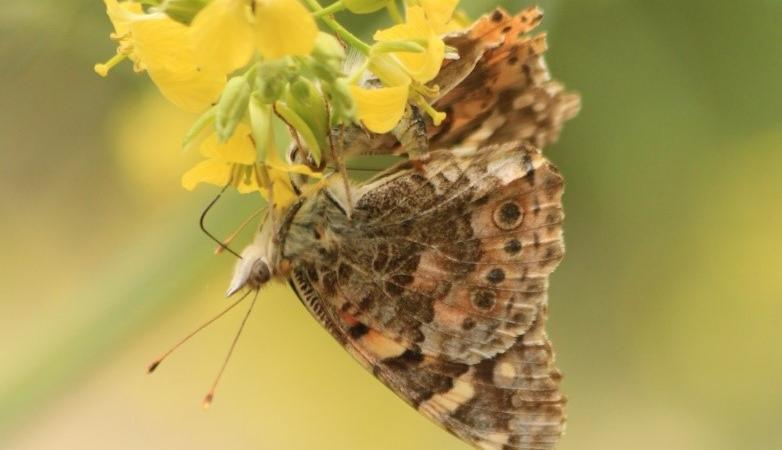
Record butterflies in your local area
Recording is vital for conservation, and anyone can help to record their butterfly sightings for different conservation groups. This practice of involving members of the public with data collection and scientific research is known as citizen science. See more on this here:
It’s really easy for you to get involved in citizen science by logging the butterflies or other insects you see in your day-to-day life onto the free irecord app. Using irecord will help you identify what butterfly you see and add your sighting to a database. This underpins research to save threatened species and directly informs conservation work.
Other citizen science schemes include Butterfly Conservation’s Big Butterfly Count, a nation-wide program to encourage members of the public to record butterflies over an intense period. The survey takes place over a month every year from July-August.
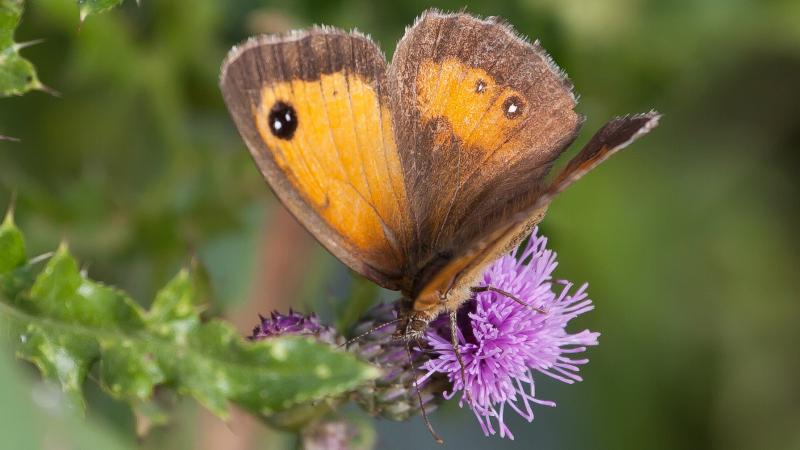
Identifying butterflies
Butterflies are identified by their various markings and behavioural characteristics, which allows them to be categorised into different groups. You can learn about these groups and what makes each different from the rest, here:
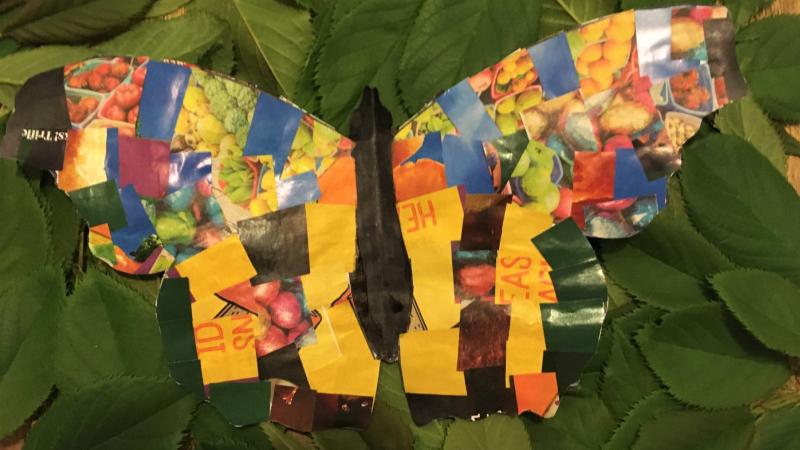
Keep up to date with our blog content
Another way you can help butterflies is to keep informed with our blog and YouTube channel. Here we cover general information on butterflies, how to identify different groups, as well as children’s craft ideas.
Butterflies play an important role in pollination. With over 70% of butterflies’ species in long term decline, their conservation is a vital undertaking to support the future of flowering plant species. We hope that building a base understanding can facilitate further knowledge in the wider public, and help inspire the next generation to conserve butterflies and other pollinating insects.
You can find our blog and YouTube channels here:
Create your own butterflies
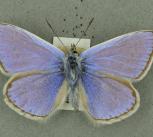
Public engagement has been a key aspect of the Butterflies Through Time Project. The exhibition includes butterfly drawings made by local school children from Lantern Community Primary School, Ely; Lionel Walden Primary School, Doddington; and Grove Primary School, Cambridge, with the help of artist, Eleanor Chaney. There is a step-by-step guide on how to draw your own butterfly below:
For more information on Eleanor’s work please visit her website here:
More about artist Eleanor Chaney





